Positive vs Negative Gearing: What’s the Difference & Which Is Right for You?
Understand how investment property tax strategies work — and how they affect your bottom line.
When you're looking into property investment in Australia, you’ll often hear the terms positive gearing and negative gearing. But what do they actually mean — and how do they impact your cash flow, tax position, and long-term strategy?
At AMI Home Loans, we guide clients through the financial side of property investing every day. Here’s a simple breakdown of positive vs negative gearing, and what you should consider before making your move.
What Is Gearing?
Gearing refers to borrowing money to invest — typically through a mortgage on an investment property.
Positive gearing means your investment income (usually rent) is greater than your expenses, resulting in a profit.
Negative gearing means your expenses are greater than your rental income, resulting in a short-term loss — which you can often claim as a tax deduction.
Let’s break them down:
What Is Positive Gearing?
Positive gearing occurs when your rental income exceeds your property costs — including loan interest, management fees, maintenance, and other expenses.
Benefits of Positive Gearing:
Extra income: You generate a cash flow surplus, which can help you pay down debt or invest further.
Less reliance on capital growth: It can still grow in value, but you're not depending on it to stay financially afloat.
Less financial stress: Positive cash flow can buffer you during interest rate rises or tenant vacancies.
Things to Consider:
You'll likely pay income tax on the profit
High-yield properties aren’t always in high-growth areas
Fewer tax deductions compared to negative gearing
What Is Negative Gearing?
Negative gearing occurs when your rental income is less than your expenses, meaning the property runs at a short-term loss.
That loss can often be claimed as a tax deduction, offsetting other income (like your salary) and reducing your tax bill.
Benefits of Negative Gearing:
Tax benefits: You may reduce your overall taxable income
Focus on capital growth: Popular in areas with long-term property value increases
Can support long-term wealth strategies
Things to Consider:
You’re out of pocket each month — make sure your cash flow can handle it
It’s a tax strategy, not a cash strategy
Your investment still needs to grow in value for it to pay off
Quick Example
Positive Gearing
Rental Income $2,200 per month
Expenses (loan, etc.) $2,000 per month
Outcome +$200 profit per month
Tax Impact Pay tax on $200
Negative gearing
Rental $2,200 per month
Expenses (loan, etc.) $2,400 per month
Outcome -$200 loss per month
Tax Impact $200 deduction
Which Is Right for You?
There’s no one-size-fits-all answer. The best approach depends on:
Your income and tax position
Your risk appetite
Your cash flow
Whether your priority is growth or income
Some investors even balance both strategies within their portfolio.
How a Mortgage Broker Can Help
At AMI Home Loans, we:
Help you find and compare loan options for both positive and negative gearing strategies
Work with your accountant to ensure your loan structure supports your tax strategy
Tailor your loan to fit your goals — whether that’s maximising returns or minimising risk
And remember — our service is 100% free. We’re paid by the lender when your loan settles.
